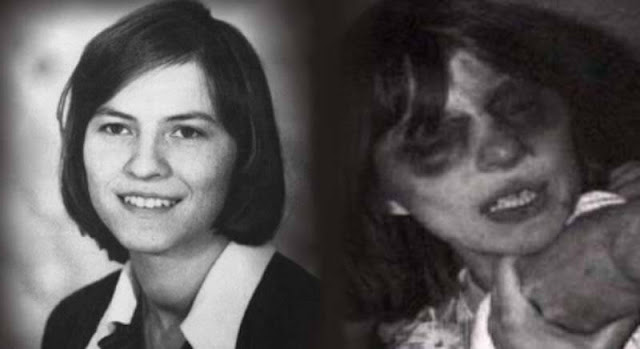The Symbolism of the Pelican by Father William Saunders
The Symbolism of the Pelican by Father William Saunders.
The symbolism of the mother pelican feeding her little baby pelicans is rooted in an ancient legend which preceded Christianity. The legend was that in time of famine, the mother pelican wounded herself, striking her breast with the beak to feed her young with her blood to prevent starvation. Another version of the legend was that the mother fed her dying young with her blood to revive them from death, but in turn lost her own life.
Given this tradition, one can easily see why the early Christians adapted it to symbolize our Lord, Jesus Christ. The pelican symbolizes Jesus our Redeemer who gave His life for our redemption and the atonement He made through His passion and death. We were dead to sin and have found new life through the Blood of Christ. Moreover, Jesus continues to feed us with His body and blood in the holy Eucharist.
This tradition and others is found in the Physiologus, an early Christian work which appeared in the second century in Alexandria, Egypt. Written by an anonymous author, the Physiologus recorded legends of animals and gave each an allegorical interpretation. For instance the phoenix, which burns itself to death and rises on the third day from the ashes, symbolizes Christ who died for our sins and rose on the third day to give us the promise of everlasting life. The unicorn which only allows itself to be captured in the lap of a pure virgin, symbolizes the incarnation. Here too the legend of the pelican feeding her young is described: "The little pelicans strike their parents, and the parents, striking back, kill them. But on the third day the mother pelican strikes and opens her side and pours blood over her dead young. In this way they are revivified and made well. So Our Lord Jesus Christ says also through the prophet Isaiah: I have brought up children and exalted them, but they have despised me (Is 1:2). We struck God by serving the creature rather than the Creator. Therefore He deigned to ascend the cross, and when His side was pierced, blood and water gushed forth unto our salvation and eternal life." This work was noted by St. Epiphanius, St. Basil and St. Peter of Alexandria. It was also popular in the Middle Ages and was a source for the symbols used in the various stone carvings and other artwork of that period.
Clearly the pelican became a symbol of charity. Reference to the pelican and its Christian meaning are found in Renaissance literature: Dante (1321) in the "Paridiso" of his Divine Comedy refers to Christ as "our Pelican." John Lyly in his Euphues (1606) wrote, "Pelicane who striketh blood out of its owne bodye to do others good." Shakespeare (1616) in Hamlet wrote, "To his good friend thus wide, Ill ope my arms / And, like the kind, life-rendering pelican / Repast them with my blood." John Skelton (1529) in his Armorie of Birds, wrote, "Then sayd the Pellycan: When my Byrdts be slayne / With my bloude I them revyve. Scripture doth record / The same dyd our Lord / And rose from deth to lyve."
The pelican also has been part of our liturgical tradition. As mentioned in the question posed by the reader, the image of the pelican feeding its baby pelicans was a popular artwork on an altar frontal. In early times, when tabernacles were sometimes suspended over the altar, they were shaped like pelicans: for example, Durham Cathedral, to which was attached a Benedictine monastery prior to the suppression of the monasteries by Henry VIII 1538, had the Blessed Sacrament reserved in a tabernacle fashioned in silver like a pelican and suspended over the High Altar. In the hymn "Adoro te devote," the sixth verse (written by St. Thomas Aquinas and translated into English by Gerard Manley Hopkins) reads,
Like what tender tales tell of the Pelican
Bathe me, Jesus Lord, in what Thy Bosom ran
Blood that but one drop of has the powr to win
All the world forgiveness of its world of sin.
Therefore, the image of the pelican is a strong reminder of our Lord, who suffered and died for us to give us eternal life and who nourishes us on our pilgrim way with the Holy Eucharist. May that image move us to show the same charity and self-giving love toward all.




Mga Komento
Mag-post ng isang Komento